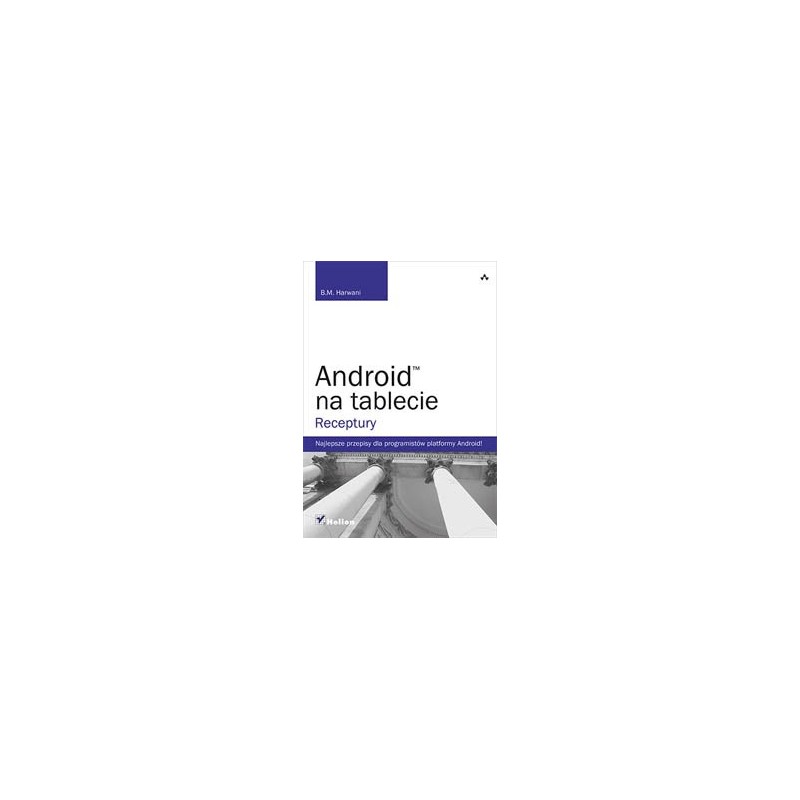- Out-of-Stock



Table of Contents
About the author (11) Introduction (13) PART I. TECHNOLOGY OF USER INTERFACE (21) Chapter 1. An overview of the application for Android tablets (23)Dispensing needle for precise application of glue, flux with an internal diameter of 1.37mm and an external diameter of 1.8mm.
No product available!
No product available!
ARM7TDMI, 32kB Flash (ISP), 8kB RAM, ADC, 2xUART, 2xI2C, SPI, LQFP64, RoHS
No product available!
No product available!
No product available!
No product available!
WindSensor Pro by BleBox is an advanced wind sensor that measures current, maximum, and average wind speeds. With the wBox app, you can monitor and analyze historical data and set notifications for strong winds. The sensor automatically controls awnings, blinds, and shutters, protecting them from damage. With an external antenna for extended WiFi range
No product available!
Ambient Light Sensor, SI1145, connects to the I2C bus pads. Adafruit 1981
No product available!
NOR16 is a workshop organizer made of high quality plastic, with a transparent cover, closed with latches, with a solid handle for convenient transport. It has the ability to regulate the size and number of compartments
No product available!
No product available!
No product available!
No product available!
No product available!
No product available!
AVT kit for self-assembly running lights. AVT795 B
No product available!
No product available!

